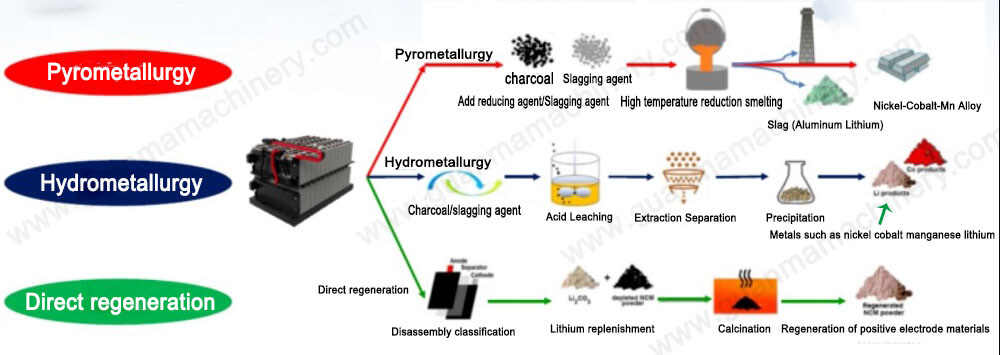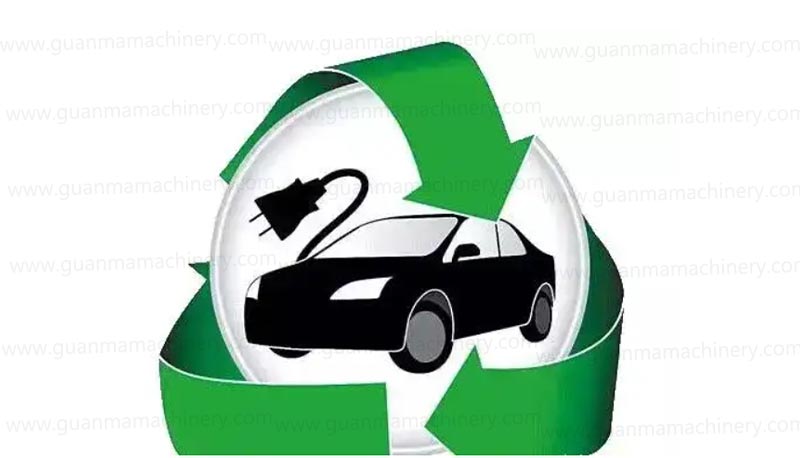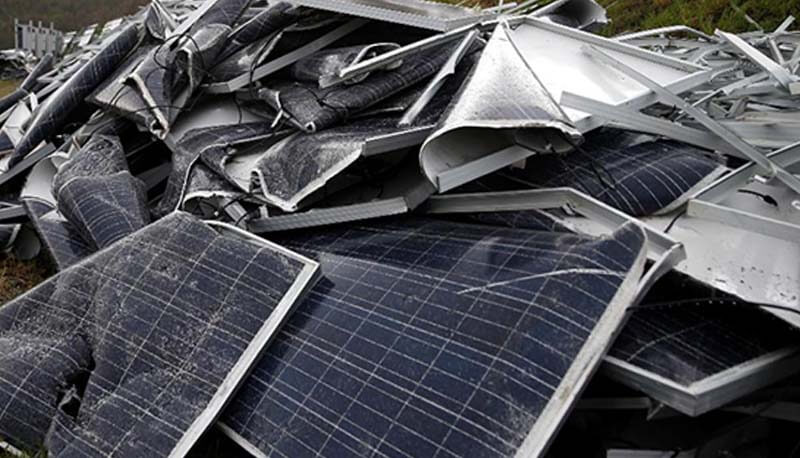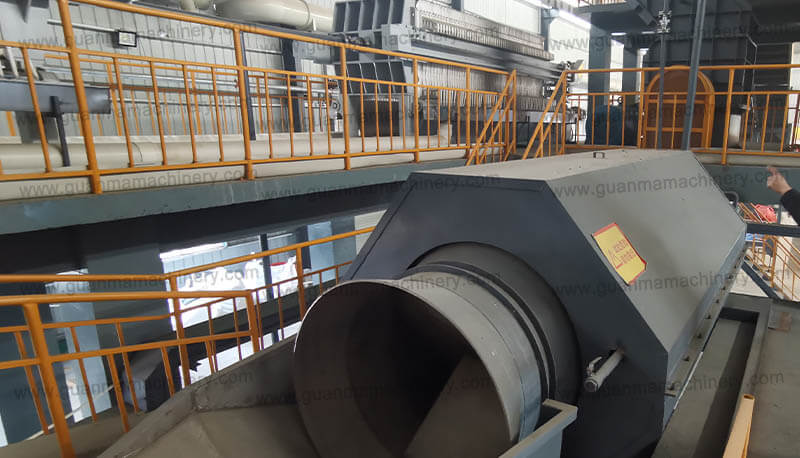What are the current battery recycling methods? As the global demand for lithium-ion batteries surges, efficient recycling methods have become essential. Two primary methods, hydrometallurgy and pyrometallurgy, dominate the battery recycling industry. Understanding these methods and the machinery involved can help businesses optimize their operations and contribute to a more sustainable future.
Hydrometallurgy
Hydrometallurgy involves the use of aqueous chemistry for the recovery of metals from ores, concentrates, and recycled or residual materials. In the context of battery recycling, this method is preferred for its high recovery rates and environmental benefits. The process typically involves leaching, where acidic or basic solutions dissolve the metals. These metals are then recovered through precipitation, solvent extraction, or electro-winning. Modern lithium battery recycling machines utilizing hydrometallurgical processes can efficiently extract valuable materials like lithium, cobalt, and nickel, making it a sustainable choice for recycling plants.

Pyrometallurgy
Pyrometallurgy, on the other hand, uses high temperatures to extract and purify metals. This method involves smelting the batteries in a furnace, where metals are separated based on their different melting points. While pyrometallurgy is less environmentally friendly due to high energy consumption and emissions, it is still widely used due to its simplicity and ability to process large volumes of batteries. Advances in technology are continually improving the efficiency and reducing the environmental impact of pyrometallurgical processes.
The evolution of lithium battery recycling machines has significantly impacted the efficiency and effectiveness of recycling processes. These machines are designed to handle the complex disassembly and material separation involved in recycling lithium-ion batteries. Features such as automated sorting, shredding, and advanced chemical processing ensure maximum recovery of valuable materials. By integrating cutting-edge technology, these machines not only improve the economic viability of recycling plants but also support environmental sustainability.
Establishing a lithium-ion battery recycling plant involves significant planning and investment. Key considerations include the selection of appropriate recycling methods, ensuring compliance with environmental regulations, and integrating advanced machinery. A well-designed plant leverages both hydrometallurgical and pyrometallurgical techniques to optimize the recovery of valuable metals. Additionally, innovations in recycling technology continue to enhance the efficiency and reduce the carbon footprint of these plants, making them crucial in the global effort to manage battery waste responsibly.
In conclusion, understanding and implementing advanced recycling methods and machinery is essential for businesses aiming to thrive in the battery recycling industry. By focusing on hydrometallurgy, pyrometallurgy, and the latest recycling technologies, companies can significantly improve their operational efficiency and contribute to a more sustainable future.



